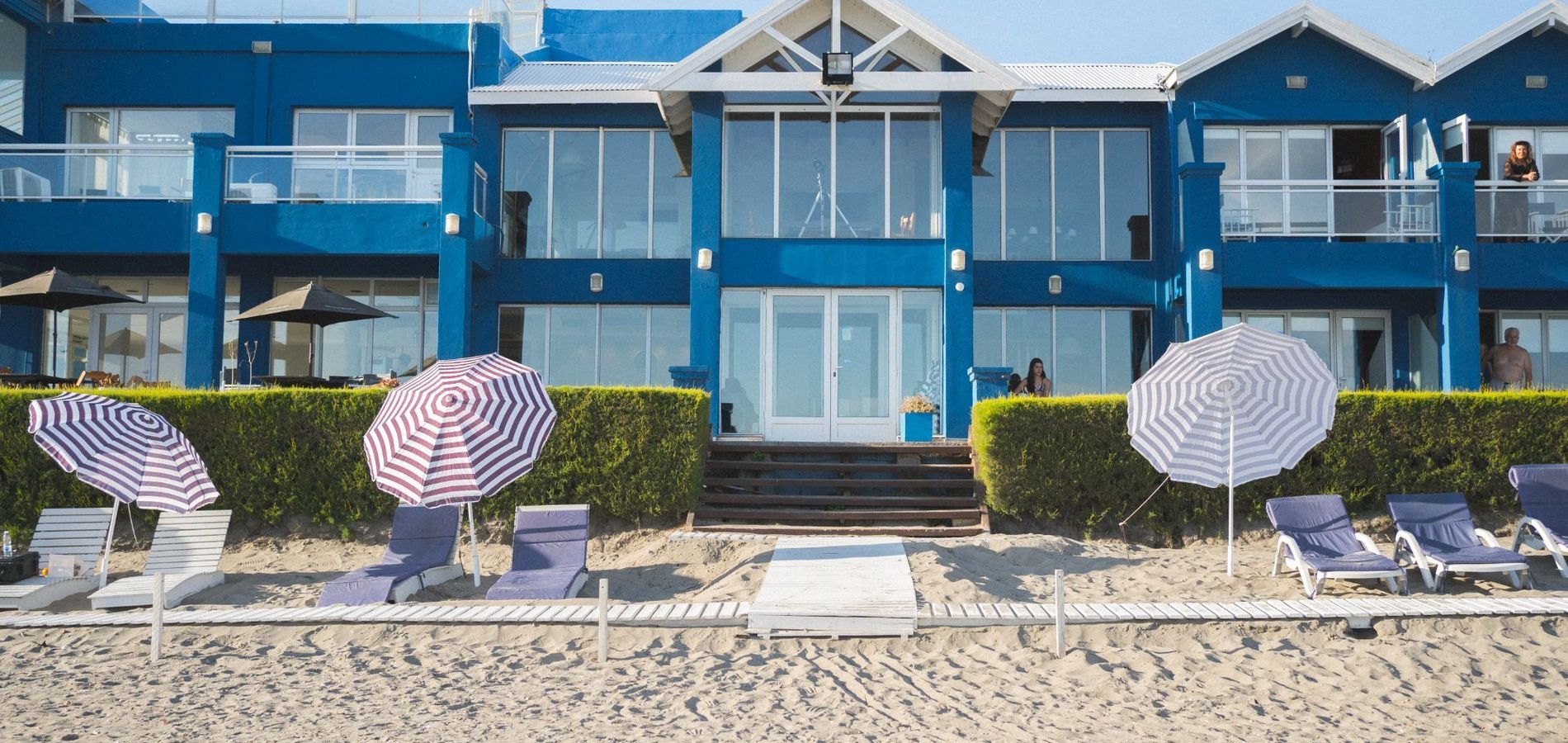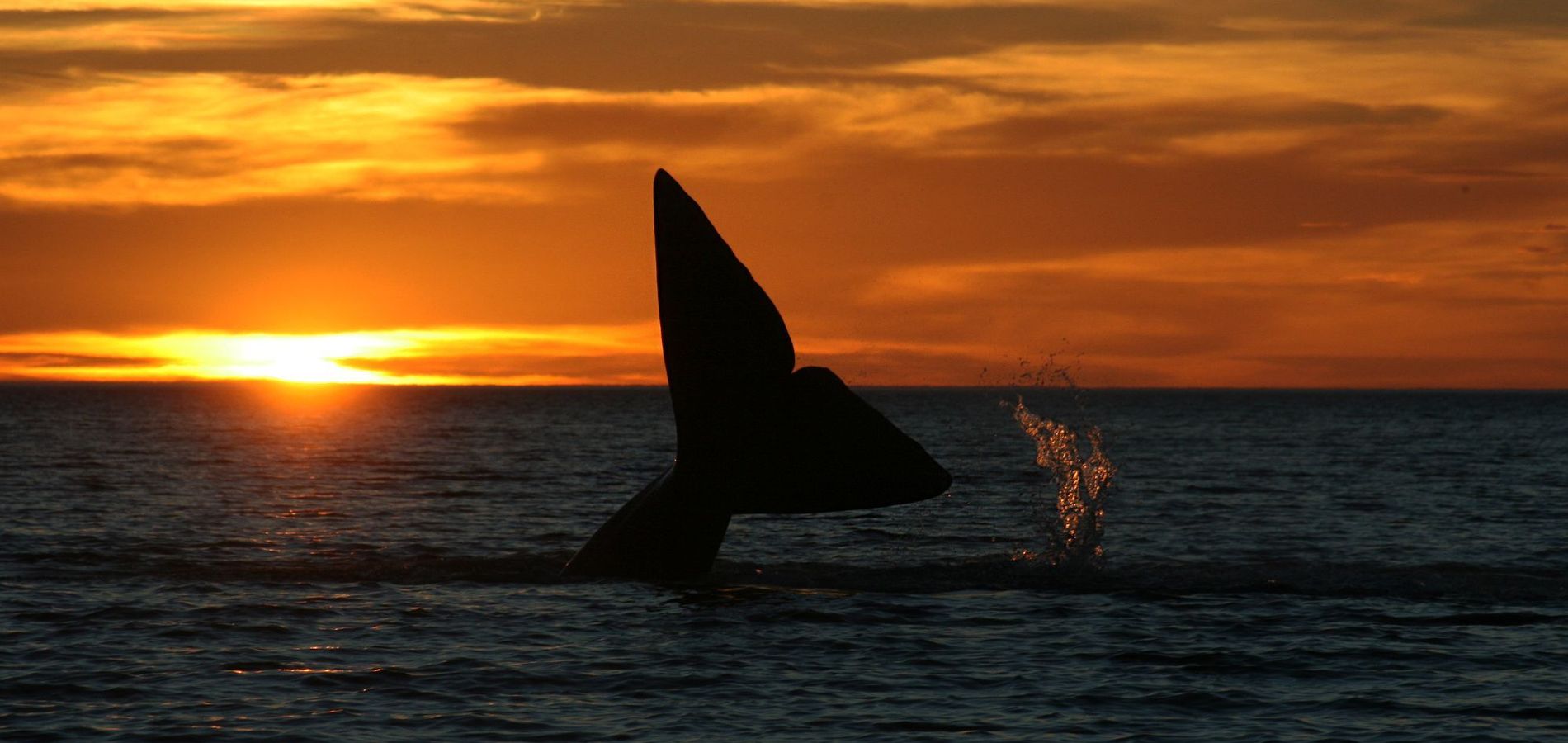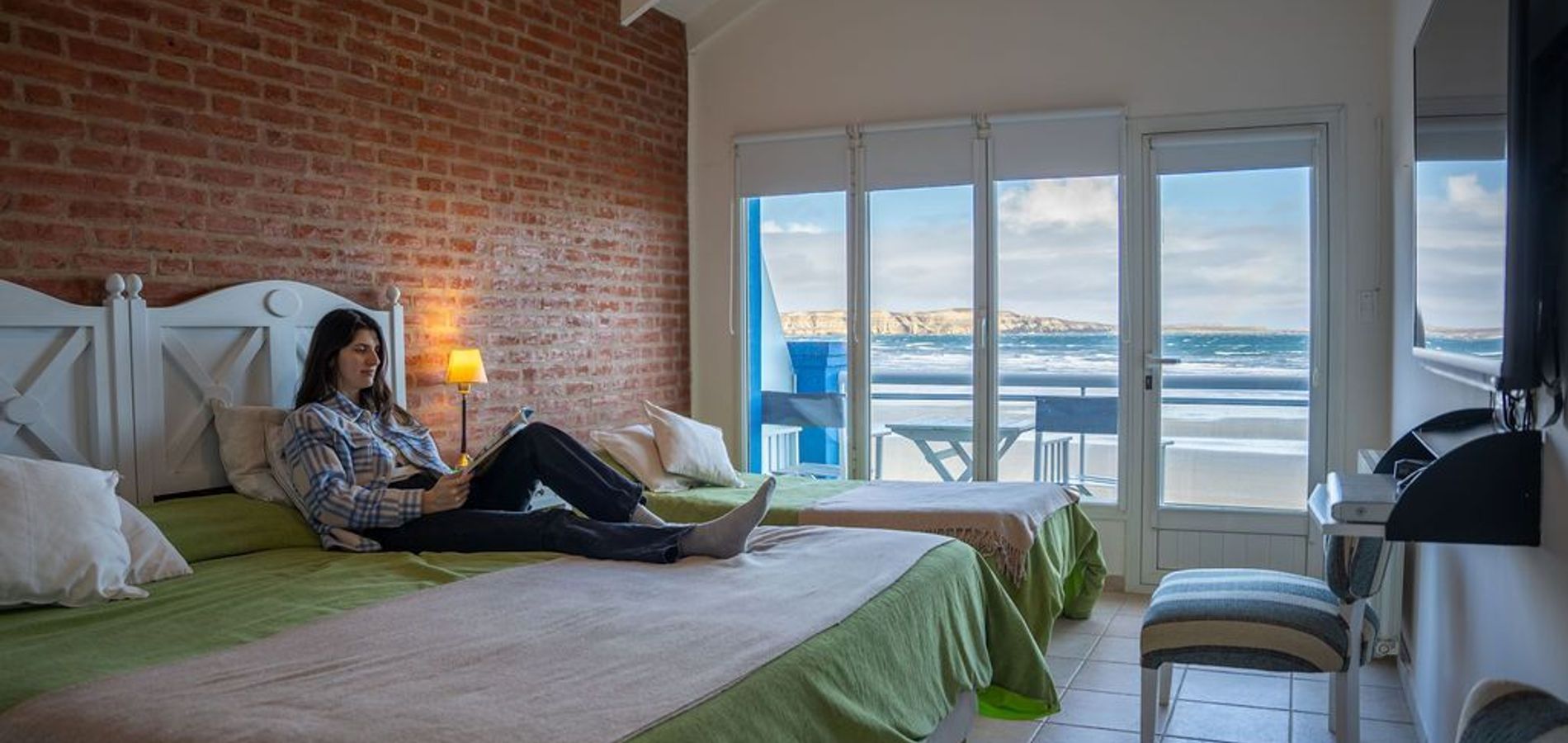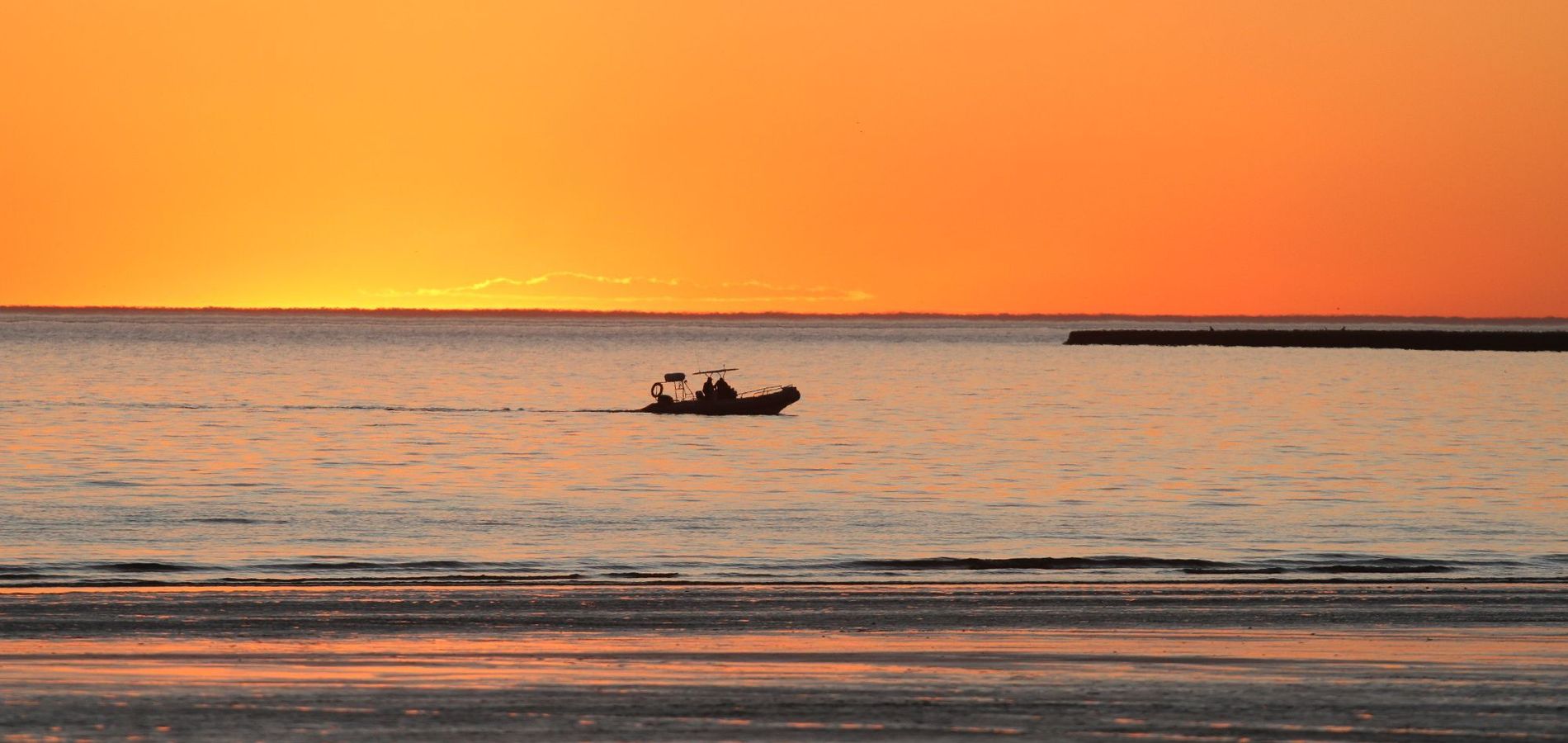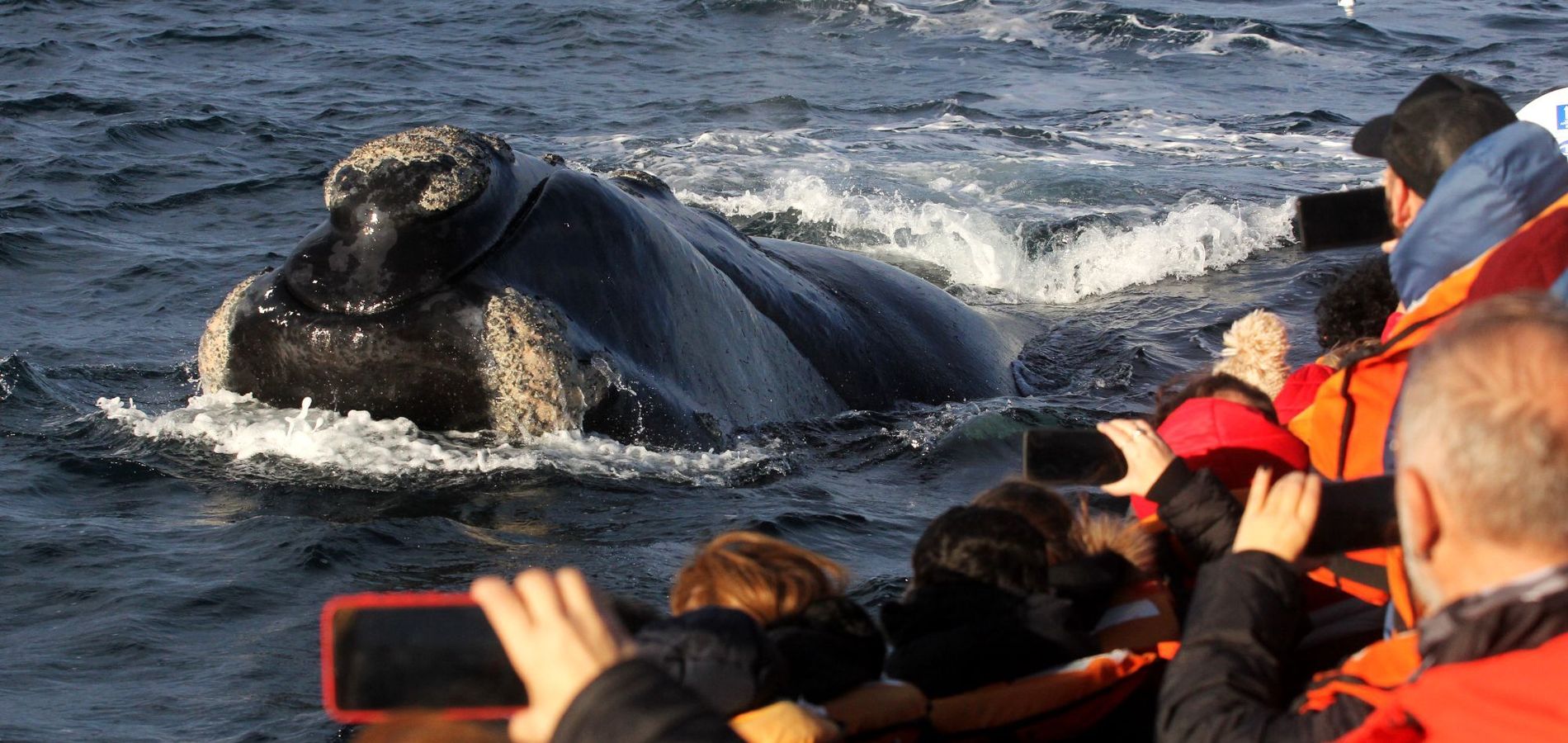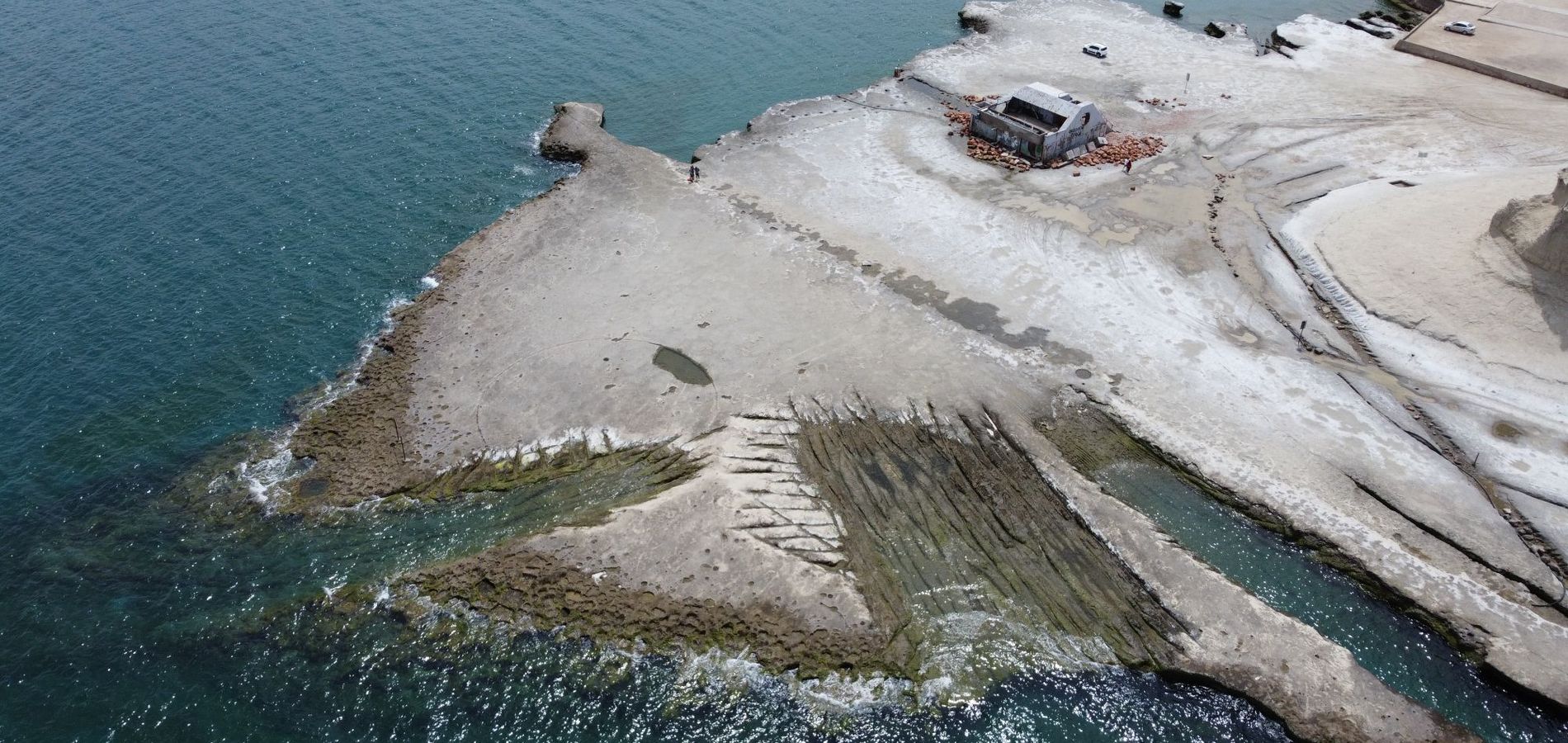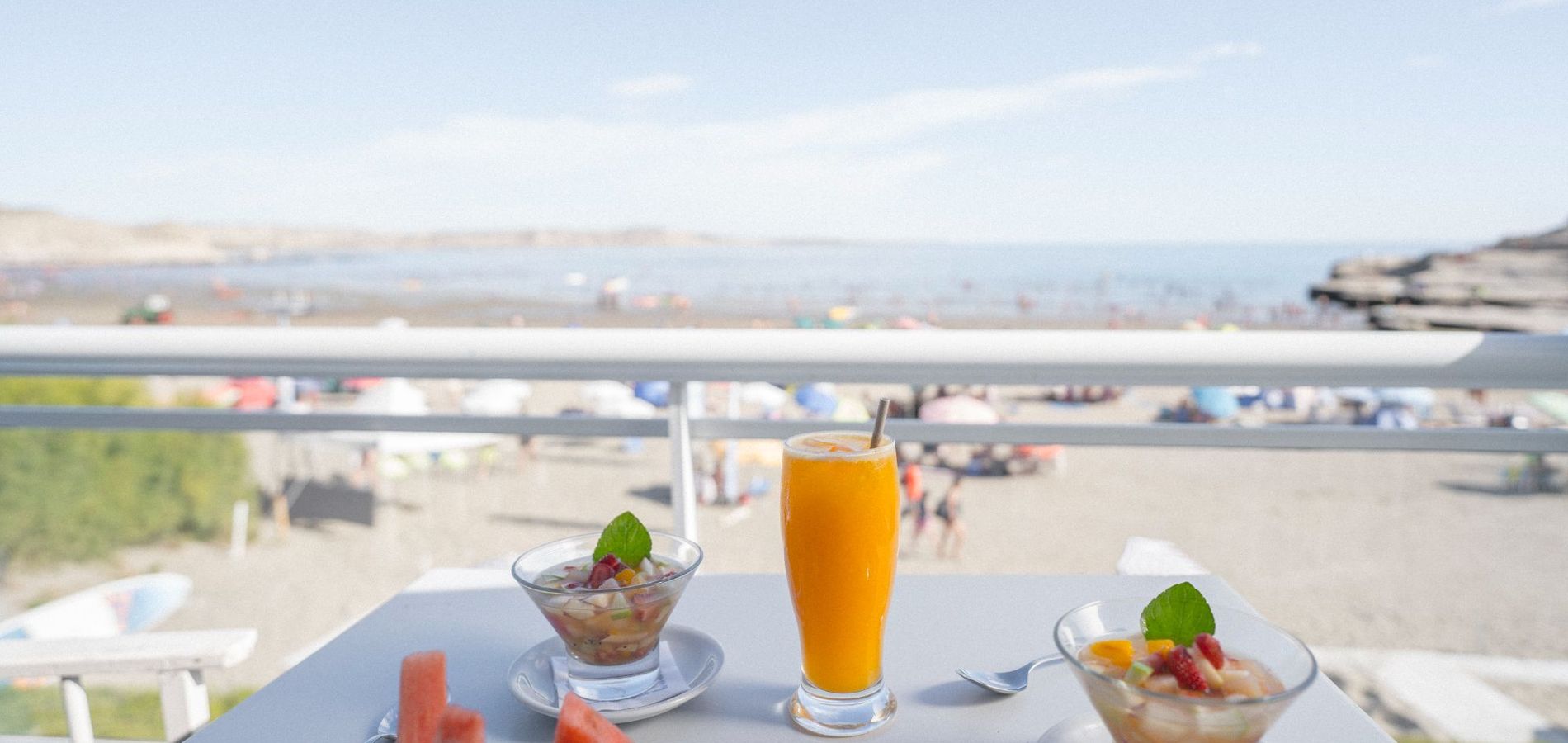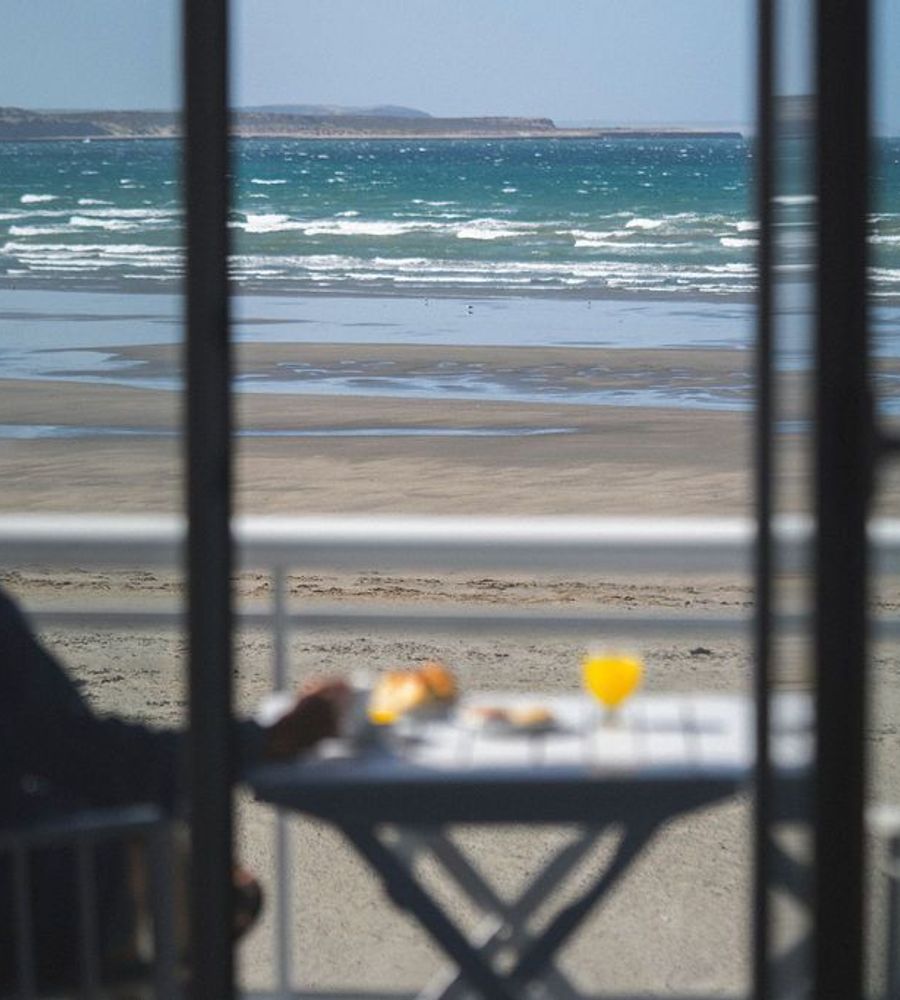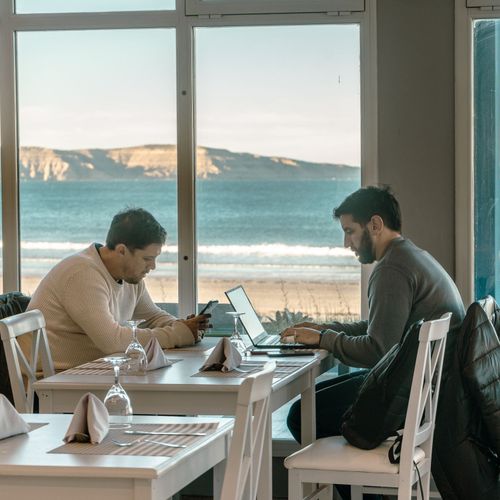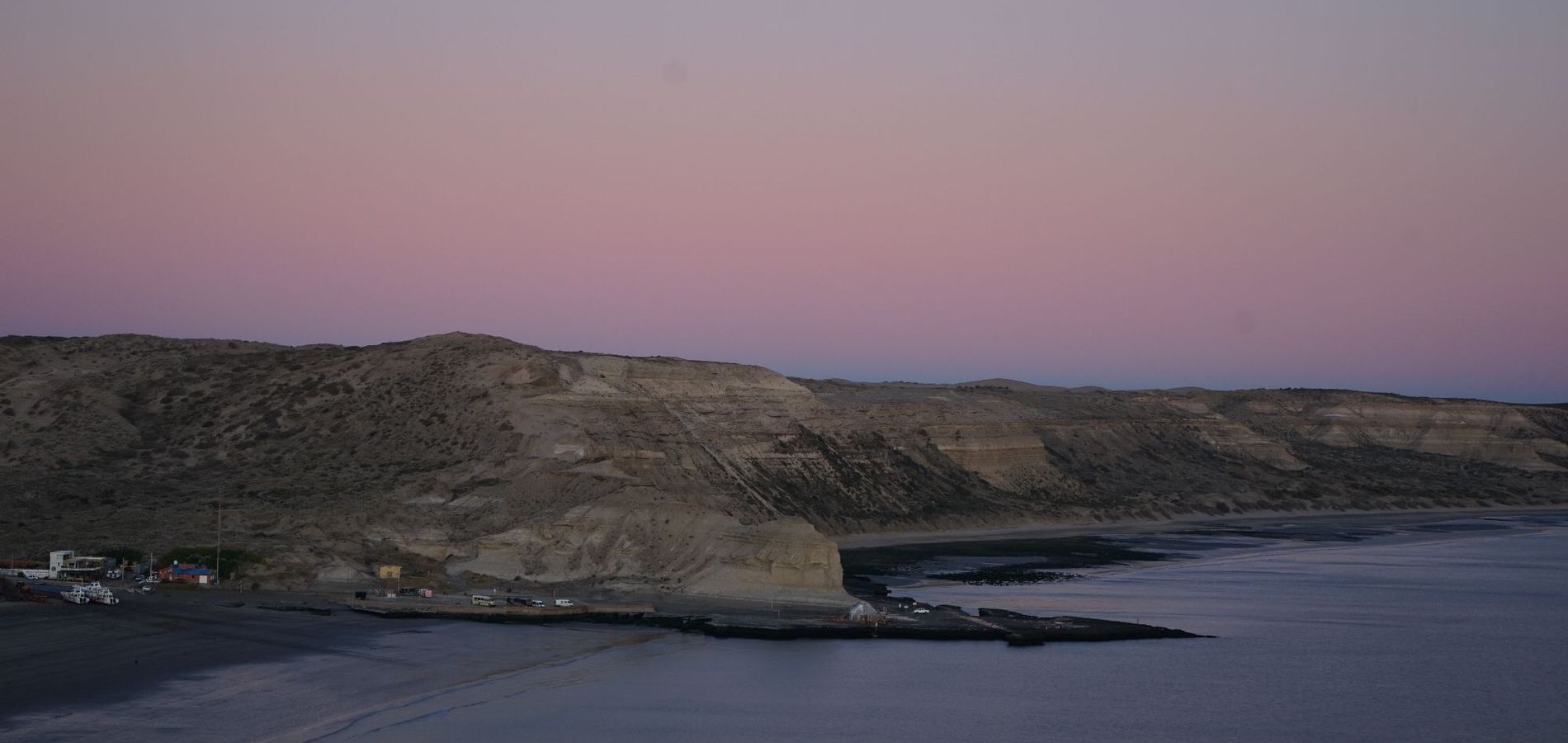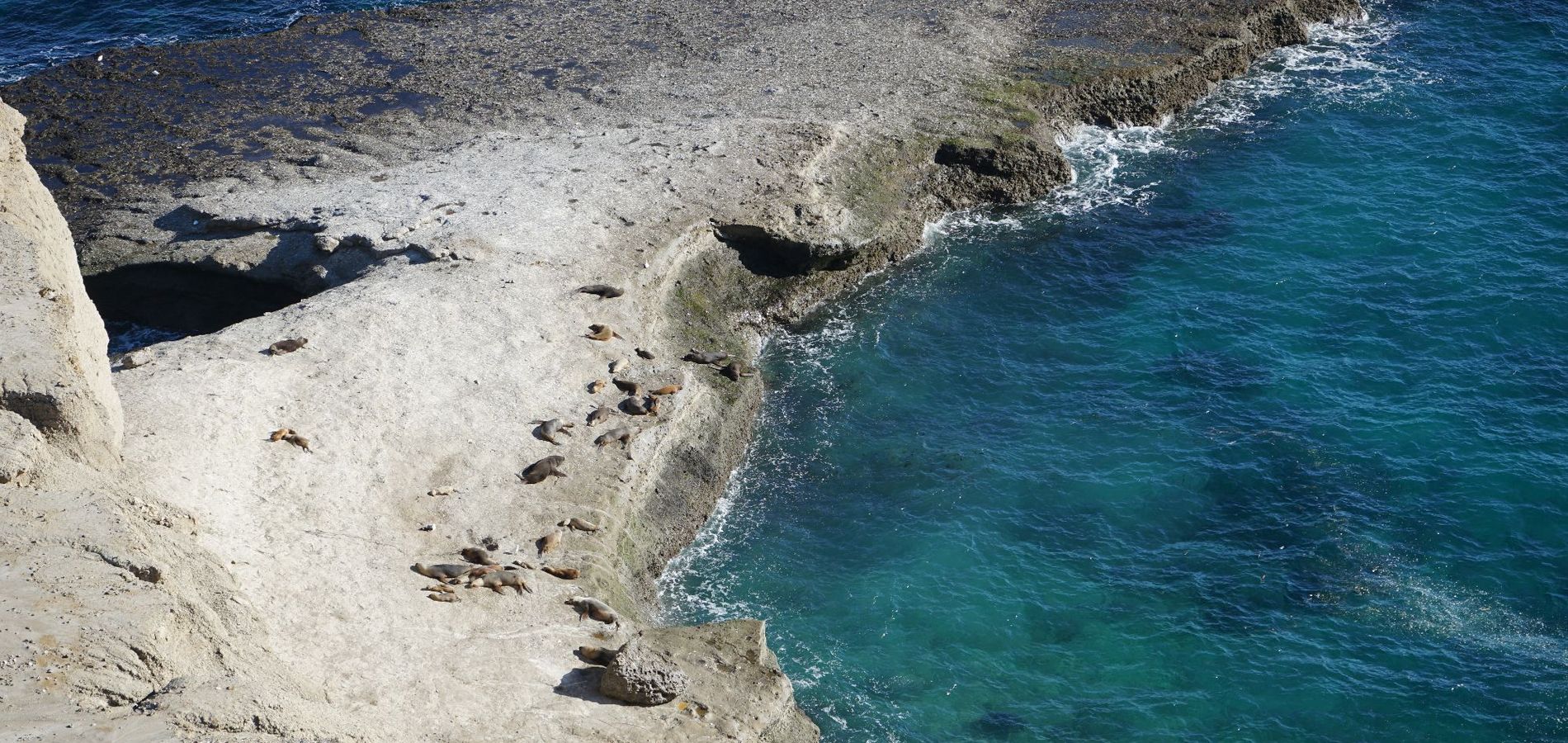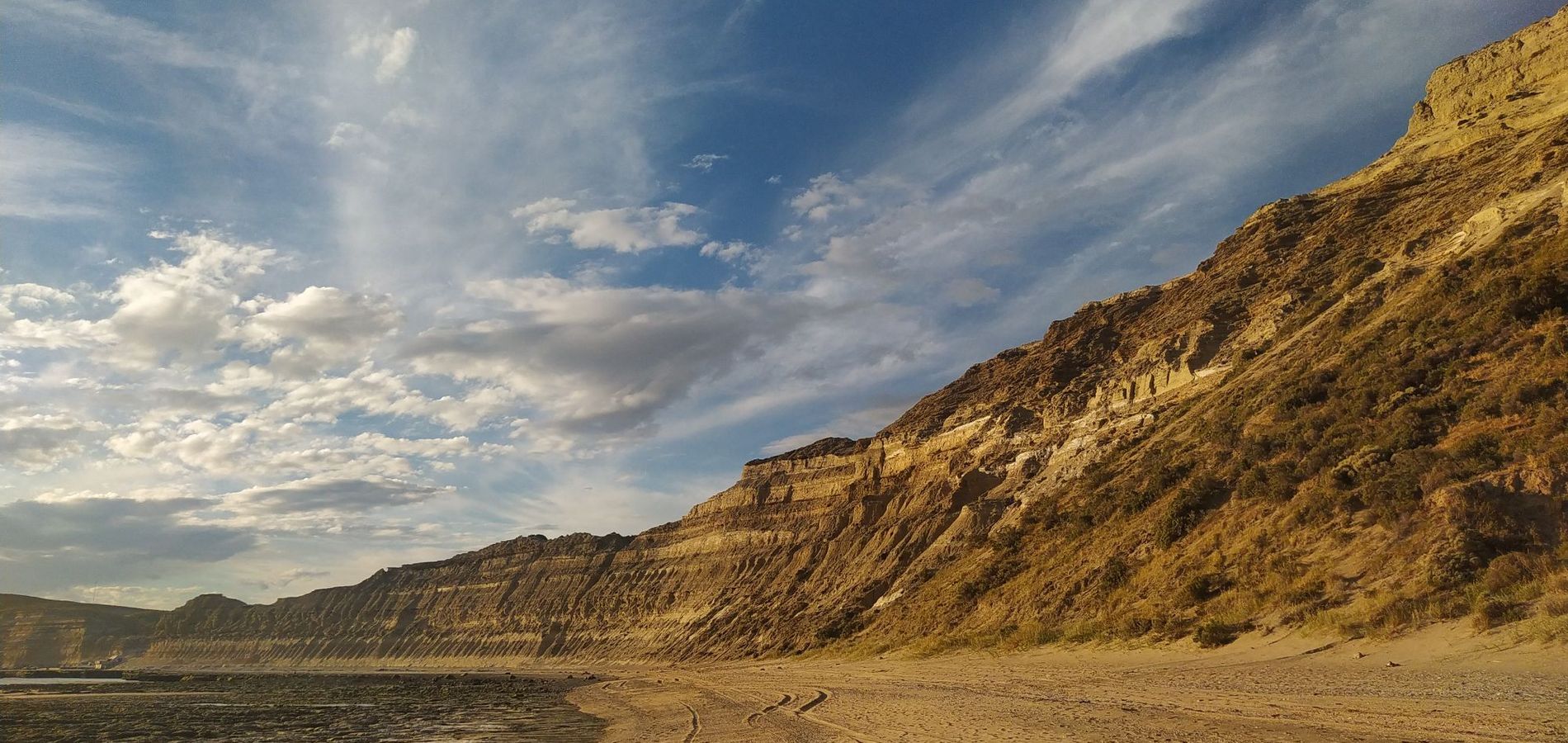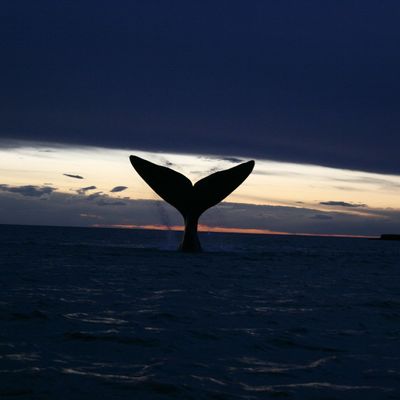9.7
Lo mejor del hotel:
Excelente la atención del personal de recepción
Marcelo, Argentina
8.8
Lo mejor del hotel:
Su personal! La gastronomía. Tamaño de las habitaciones
Boris Berce, Argentina
10
Lo mejor del hotel:
La vista al mar de la habitación, la comodidad de la cama, la tranquilidad del lugar y la atención y asesoramiento del personal.
Claudia Gabriela, Argentina
9
Lo mejor del hotel:
excelente atencion
Francisco, Argentina
9.3
Lo mejor del hotel:
Muy buena la atención y amabilidad de todo el personal y las vistas desde la habitacion y todo el hotel
Nora Luisa, Argentina
8.7
Lo mejor del hotel:
la ubicacion es maravillosa y el personal es muy atento.
Cristian Gustavo, Argentina
9.3
Lo mejor del hotel:
La vista es excelente, muy buen desayuno.
Jose Manuel, Argentina
8.3
Lo mejor del hotel:
Amable servicio
Jaume A, Spain
10
Lo mejor del hotel:
Muy buena atención de las chicas de recepción y de las chicas de cocina.
Elena Fabiana, Argentina
9.7
Lo mejor del hotel:
Las vistas al mar i a las ballenas desde la habitación del hotel.
Pere Antoni, Spain
10
Lo mejor del hotel:
Todo el personal ha sido muy atento..comunicativo..hacen del lugar la estadía más placentera...Excelente todo..desde la comida hasta la atención más mínima...10!!
Maria, Argentina
8.8
Lo mejor del hotel:
Muy lindo lugar en general.
Maximo Julian, Argentina
10
Lo mejor del hotel:
la calidez de Carolina ...
Roxana, Argentina
8
Lo mejor del hotel:
Muy lindas las vistas y la atención del personal fue excelente
Matias, Argentina
9.3
Lo mejor del hotel:
Fue una estadia muy linda, llena de buena onda y atencion personalizada..muy sabroso todo. Desde el café al menú.gracias
Jorge, Argentina
9.2
Lo mejor del hotel:
excelente atención
Daniel, Argentina
10
Lo mejor del hotel:
La atención previa por wapp fue inmediata y excelente. Al llegar quedé maravillada con la vista dela habitación.La ubicación del hotel inmejorable. Nos recibieron con una atención especial en la habitación solo porque había comentado que era nuestro aniversario. Todo su personal estuvo en cada detalle, con gran calidez de atención. Volvería sin dudarlo!!!
Jorgelina Irene , Argentina
10
Lo mejor del hotel:
La ubicación, la limpieza, atención, la habitación increíble.
Analia Natalia, Argentina
10
Lo mejor del hotel:
El personal impecable atento en todo momento. Eso hace la diferencia 100%. Volveré
Valeria, Argentina
9.8
Lo mejor del hotel:
Tuvimos una excelente estadía y estamos reconocidos por la excelente disposición y eficiencia del personal.
Isabel , Argentina
8.3
Lo mejor del hotel:
La pasamos muy bien.
Mariano
9.3
Lo mejor del hotel:
LA UBICACION Y EL ACCESO A LA PLAYA ES IMPAGABLE
Lucia Elizabeth, Argentina
10
Lo mejor del hotel:
La amabilidad y exelente predisposición del personal
Javier Carlos Elias, Argentina
8.7
Lo mejor del hotel:
La.vista es maravillosa
Andrea Daniela, Argentina
9.8
Lo mejor del hotel:
Destacó la amabilidad del personal, buena predisposición. Fue una estadía perfecta.
Cecilia Veronica, Argentina
9.2
Lo mejor del hotel:
Todo el personal muy amable y cálido, excelentes
Maribel, Argentina
9.8
Lo mejor del hotel:
Ubicacion privilegiada, buena vista, atencion. Desayuno muy bueno
Carlos Alberto
9.8
Lo mejor del hotel:
excelente atencion del personal. el desayuno mejoro notablemente
Luis Martin, Argentina
9
Lo mejor del hotel:
La vista maravillosa. La atención del personal, super amables y dispuestos a resolver cualquier inconveniente.
Laura, Argentina
9.2
Lo mejor del hotel:
me gustó la remodelación de pintura sillones lámparas almohadones y demás en el hall de entrada y restaurante. me gusta que le dieron una aire más fresco y de playa (me encanta que sea así)
Sandra, Argentina




